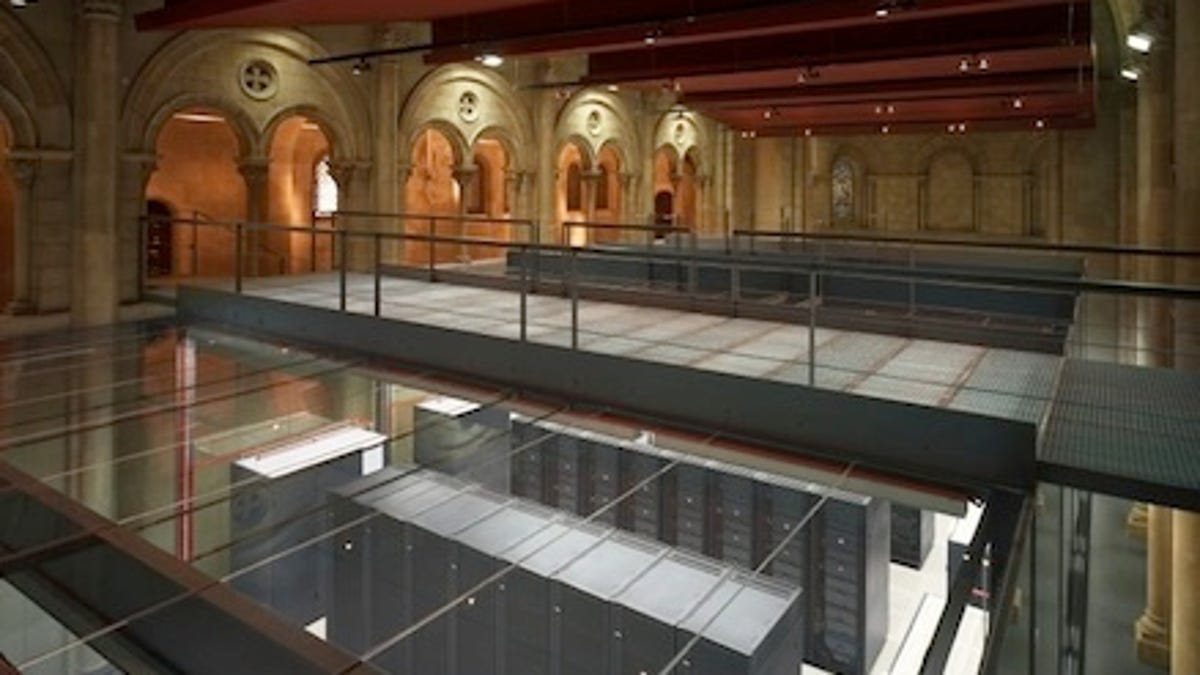Nvidia CEO: Supercomputing gated by power
Energy efficiency has become the imperative for the supercomputing industry because of the limits of available power, the CEO of GPU maker Nvidia tells high-performance computing pros at SC11.

When it comes to imagining the future of computing, the biggest constraint is electrical power rather than raw computing horsepower.
During a keynote talk today at the SC11 conference on supercomputing in Seattle, Nvidia CEO Jen-Hsun Huang said that the graphics processor company now thinks in terms of "power limits" as it designs future products because power has become a limiting factor.
The company makes graphic processing units (GPUs) for video game consoles and professional workstations but its processors are also being used in high-performance computing. One of the primary reasons the Barcelona Supercomputing Center chose to build its system with Nvidia's GPUs and ARM-based CPUs is because they are relatively energy efficient, according to the center.
Huang said that increasing energy efficiency of high-end computers is needed to continue pushing the limits of what can be done. That includes realistic graphics for video games and animated movies but also more powerful specialized devices, such as portable medical devices or consumer robots.
"We think as a company in power envelopes now," Huang said during the talk, which was available via Webcast. "In order for us to deliver the best performance, we need to know the power limits we have."
The industry target he set was to achieve one exaflop of computations with 20 megawatts by 2019. In this year's list of the Top500 supercomputers, the K supercomputer from Japan topped the 10 petaflops mark and consumes 12 megawatts of power.
"Flops" stands for floating-point operations per second, or how many calculations a computer can do using an industry benchmark. So one exaflop would be a bit less than 100 times the computing power of the K supercomputer yet 20 megawatts would be far less power per computing operation.
Translating that sort of power efficiency to a workstation would result in a workstation that consumes 1,000 watts of power and can perform hundreds of teraflops, which was what IBM's Blue Gene supercomputer did in 2006, Huang said.
Concern over the rapid escalation in power consumption has led to significantly more efficient processors from Intel, AMD, and others. But it has also resulted in high-end computers being designed specifically to take advantage of low-power processors. Startup ="http: www.calxeda.com="" "="">Calxeda, for example, made server processing units with ARM chips normally used in cell phones to slash power use.
"We know that in order to achieve the next level, power has become the imperative," Huang said, adding that GPUs are one of the technologies that will can help maintain the current pace of progress.
He also provided a peek at how the graphics world will change in the years ahead with more capable processors. He showed an animated movie with very fine details, which clearly showed wisps of smoke and steam.
There was also a demonstration of Nvidia's Maximus technology for workstations which combines the graphics of its Quadro GPU and the parallel processing of its Tesla companion processor. With it, graphics designers can not only design and render 3D images but simulate compute-intensive tasks normally done on server farms, such as simulating hundreds of thousands of water particles flowing.
"We are going to do this at a level where reality and actuality are simply indiscernable," Huang said. "Live action will no longer be the best form--it will be unnecessary and we can achieve things that simply aren't possible now."

